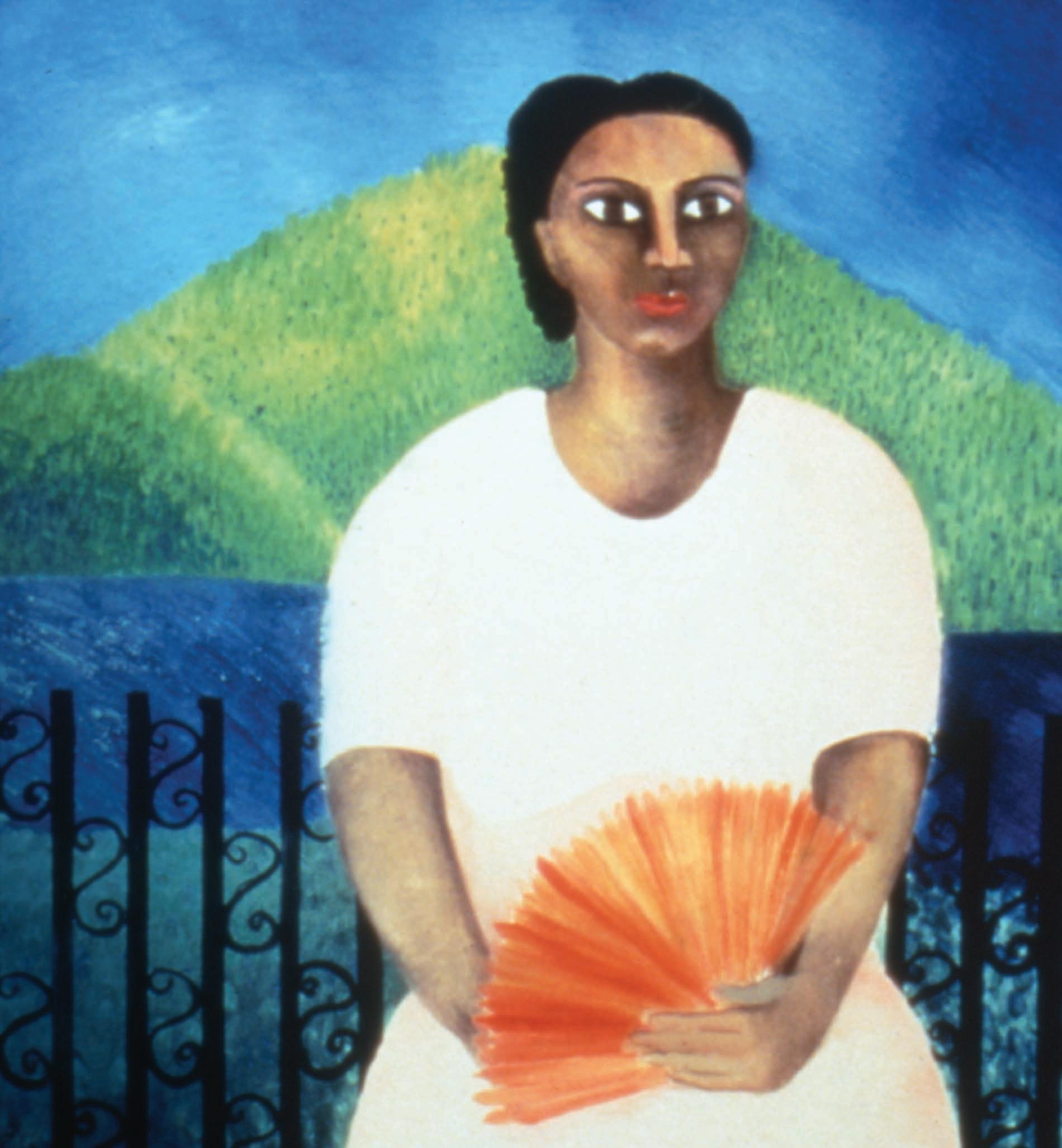
TECHNICOLOR IDEALS
Be more than an 18th century revolutionary on America's 250th anniversary


TECHNICOLOR IDEALS
Be more than an 18th century revolutionary on America's 250th anniversary
Founded in Hartford, the Wide Awakes was a nationwide political campaign organization that supported Abraham Lincoln during the 1860 presidential election. This banner was likely carried in campaign parades and is one of the many objects in the Connecticut Museum’s collection related to the Wide Awakes. Painted on both sides, the open eye symbolizes the Wide Awakes awareness of and dissatisfaction with their political circumstances.
The banner was gifted to the Connecticut Historical Society in 1922 by Dr. Robert M. Yergason, son of Edgar Yergason. Edgar worked as the White House interior designer for President Benjamin Harrison, was an avid

collector of Civil War memorabilia, and was one of the original five young men to form the Wide wakes.
Opening in August 2024, the Connecticut Museum will feature an exhibition about the lives and legacies of the young adults that formed and participated in Wide Awakes units across Connecticut. Despite many being too young to vote, members of the Wide Awakes wrestled with questions including: What does it mean to be politically involved or join a political campaign? This exhibition will explore these questions, the impact of these young adults’ political participation, and how they remain relevant today.
The upcoming Wide Awakes exhibition will open in August 2024 and runs through March 2025
Banner, 1860, Textile, Gift of Dr. Robert Yergason, Connecticut Museum Collection, 1922.4.3

We’re Game! Sports and Community, chronicles Connecticut's lesser-known sports that have dedicated supporters surrounding them.
2 COLLECTION HIGHLIGHT: WIDE AWAKES BANNER
Political campaign organization in Connecticut during the 1860 presidential election of Abraham Lincoln.
4 UPCOMING & ONGOING
Programs and activities in and around the Connecticut Museum.
8 ON VIEW: WE'RE GAME!
Current exhibition highlights where sports bring communities together.
10 SUPPORT AND JOIN
Make your annual gift to support all we do, and join to receive great perks!
12 THE STORIES WE TELL
Bringing Black and Latino history from the museum to the classroom
16 TECHNICOLOR IDEALS
Be more than an 18th century revolutionary on America's 250th anniversary
18 COMMUNITY: AROUND THE MUSEUM
Opening receptions for current exhibitions Connecticut's Bookshelf and We're Game!

Thursday, March 28, 6 – 7:30 pm
March 11 - 15
National Civic Learning Week is an annual initiative led by iCivics that seeks to highlight the importance of civic education in sustaining and strengthening constitutional democracy in the United States. The Connecticut Museum is a proud participant in Civic Learning Week and will host a variety of programs in conjunction with the national event. On March 12, Historian Jeffre A. Denman will present a virtual Lunch and Learn, John Quincy Adams and the Amistad A air The talk will focus on the history of what happened after the revolt of Mende captives aboard the Spanish owned ship, La Amistad, its impacts on Connecticut, and John Quincy Adams’ arguments in front of the Supreme Court resulting in the freeing of the captives.
From March 2 through April 6, the Connecticut Museum will host our second session of The Citizenship Project for 2024. This program is presented in partnership with The New-York Historical Society to offer free citizenship classes for green card holders preparing for th naturalization interview. This free course covers all hundred questions from the USCIS Civics test. Participants will learn about American government and history using objects, paintings, and documents from the collections of both museums.
Made possible in part by the support of the Henry Nias Foundation.
Learn more about active participation in our democracy during National Civics Learning Week.
When we think about slavery in the United States, we don’t often think of the North. Join Connecticut Public and the Connecticut Museum for a special panel discussion on efforts to recove and recalibrate our understanding of local history. We’ll explore how the stories of Northern slavery were forgotten and who is reclaiming them. The event will be hosted by Diane Orson, special correspondent with Connecticut Public. Orson is an award-winning CT Public reporter and contributor to National Public Radio. Diane spent seven years as CT Public Radio's local host for Morning Edition
Sponsored by Connecticut Public and the Connecticut Museum. Anti-Slavery Banner, 1835-1845, Linen, silk, paint, wood, iron, 34 x 44in., Connecticut Museum purchase, 1997.13.0
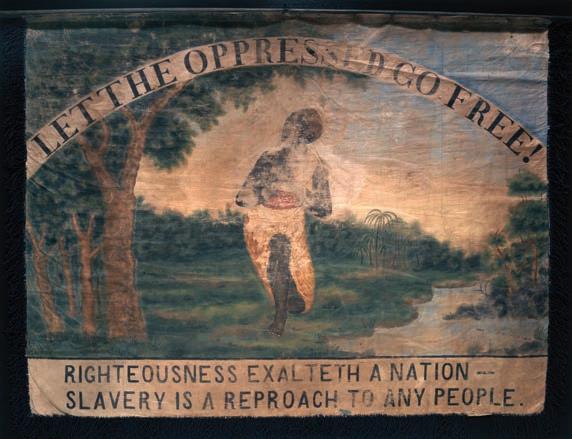
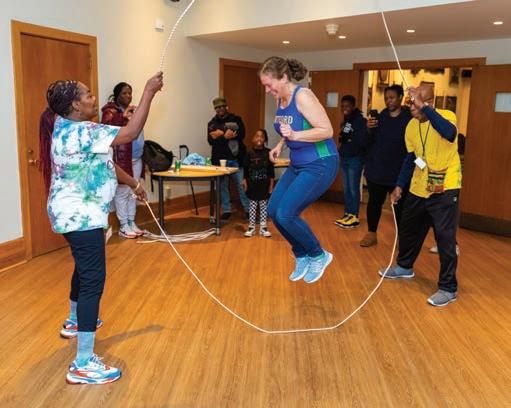
Saturday, June 1, 10 am – 4 pm
Have you ever heard of lawn bowling? What about pedestrianism? Learn about and experience these communitybased sports at this program for visitors of all ages! At this Free First Weekend outdoor program, participants will have a chance to meet and learn from local athletes throughout the day, including Lady Carrie Trimmier-Mccrorey from the Connecticut American Double Dutch League, who will be at the event from 10 am - noon. Visitors can also test their own athletic abilities and try their hand at a variety of differen sports, including lawn bowling and cricket, and spend time exploring the exhibition We're Game! Sports and Community Visit us for free during Free First Saturdays, sponsored by Berkshire Bank.
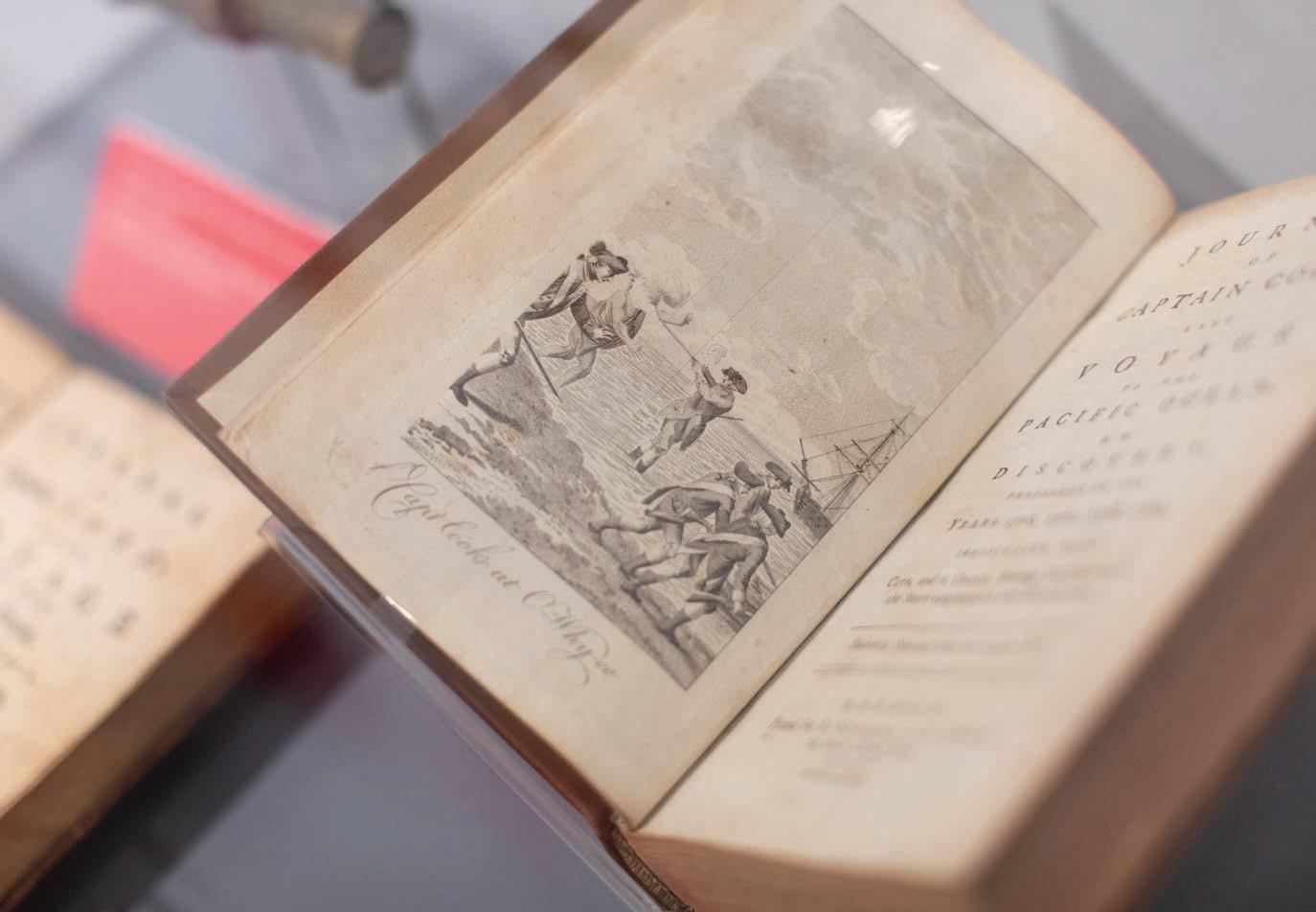

From first editions to bestsellers, visitors can explor 300 years of print culture at Connecticut's Bookshelf
On view through September 8
In 1783, John Ledyard of Groton, Connecticut wrote about his seafaring adventures in A Journal of Captain Cook’s Last Voyage. But either he or his publisher lifted the last 11,000 words from fellow sailor John Rickman’s Journal of Captain Cook’s Last Voyage to the Pacific Ocean, published in 1781. That didn’t stop Ledyard’s book from receiving the first general copyright protection. If you think that s scandalous, you might be surprised to find out that the first American cookbook, written Amelia Simmons and published in Hartford in 1796, “borrowed” its entire section on syllabubs and creams from The Frugal Housewife, a British cookbook printed decades earlier. Further, Abel Buell of Killingworth, Connecticut, who created the first map of the newly independent United tates in 1784, began his engraving career producing counterfeit currency.
What was going on in Connecticut publishing in the late 1700s? Are these publications worthy of a place in publishing history? Learn more about 300 years of Connecticut’s publishing history at Connecticut’s Bookshelf and decide for yourself!
Join us for a tour of the Connecticut Bookshelf exhibition on the second Sunday of each month at 2 pm.
Connecticut’s Bookshelf is sponsored by Connecticut Public, RMC Investment Advisors, Stanley Black and Decker, Marketing Solutions, Harvey & Lewis Opticians, and an Anonymous Donor.
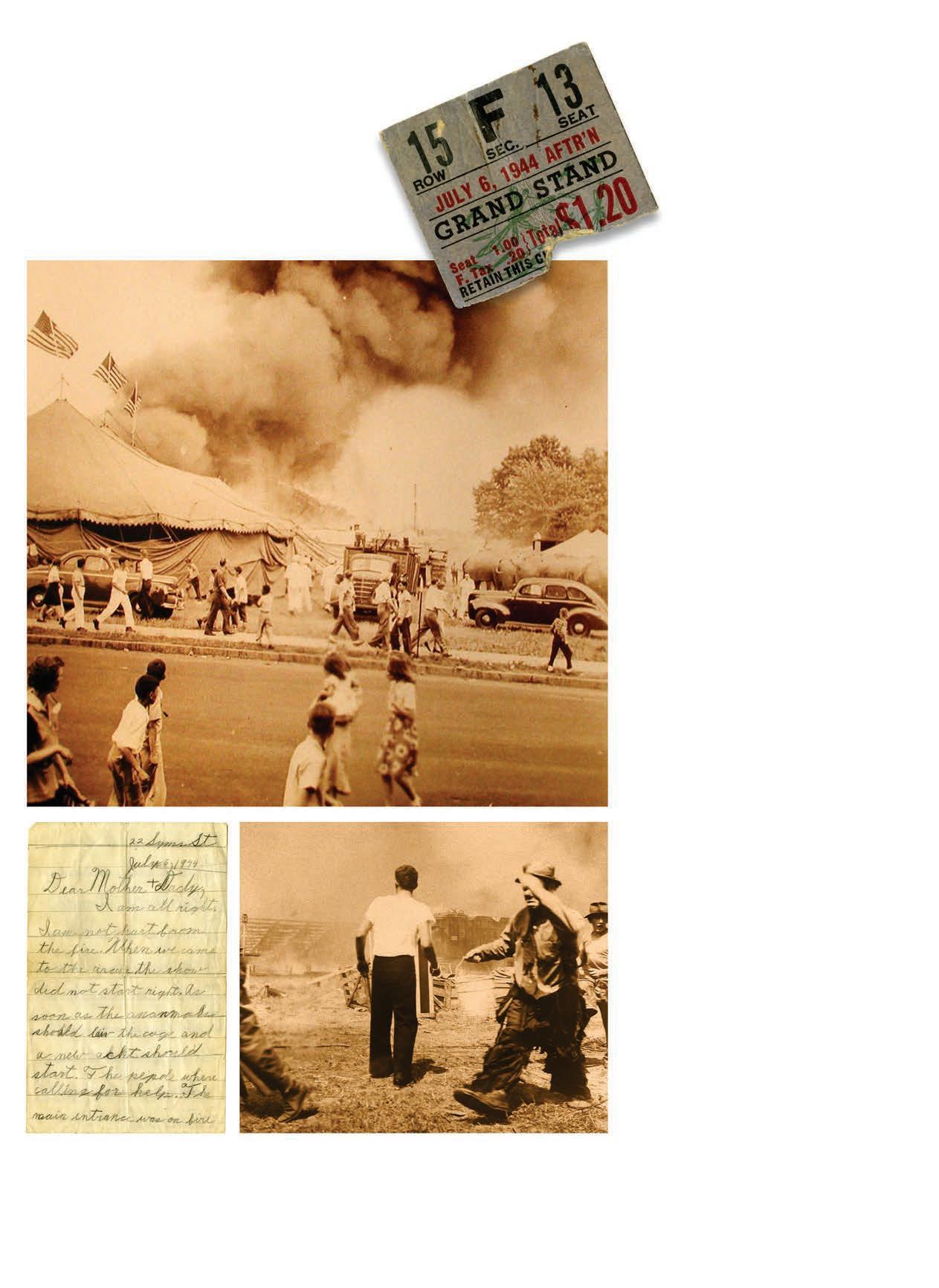
Floods and earthquakes, wars and famines, engineering failures, and economic collapses — these frightening events seem to define modern lif. The Connecticut Museum’s 2024 Woodward Lecture Series will examine the impact and legacy of disasters, natural and human-made, in our state’s history.
We name them “disasters.” But what makes a disaster different from other periods of time? On April 4, join us for an open conversation between two leading scholars in the field of disaster studies, Andy Horowitz, Connecticut state historian and an associate professor of History at UCONN and Jacob A.C. Remes, a clinical associate professor of history at NYU’s Gallatin School of Individualized Study. In conversation they will consider events in Connecticut history and beyond, thinking aloud about why some terrible events are considered disasters while others are not, and what a difference it maes in the public’s perception of the events.
Continuing to explore “disasters,” on June 6 the Connecticut Museum will host retired Hartford Fire Department Chief Charles Teale and Author Don Massey for a conversation about the long impact of the Hartford Circus Fire. Chief Teale was instrumental in the creation of a memorial to the fire on the original site in Hartfords North End. Massey is the co-author of A Matter of Degree, that outlines a former Hartford police detectives’ decadeslong quest to identify Little Miss 1565, an unclaimed victim of the fir. 2024 marks the 80th anniversary of the Hartford Circus Fire tragedy.
In the fall, we will conclude the Woodward Series with a program that examines the effects of Hurricane Maria, the deadliest and most costly hurricane in Puerto Rico’s history, and its effects on Connecticuts Puerto Rican community. Program details to be announced.
Have you discovered the Nawrot Nook?
The small rotating display space located outside the Waterman Research Center features special research, projects, and topics that are inspired by the Connecticut Museum’s remarkable collection. The Nawrot Nook exhibitions rotate every three months giving Connecticut Museum visitors something new to discover at each visit.
First on view in 2024 is a small exhibition featuring father-son researchers Kenneth Beliveau and Andrew Beliveau, who are also second- and third-generation firefighter Their dedication to service and passion for researching and preserving firefighti
history in Connecticut will bring a first-han perspective to the exhibit.
Other topics this year include: A Hidden Literacies, a project to explore texts by marginalized Americans—including Indigenous and enslaved people, prisoners, and young children—that have not traditionally been included in archives and educational curricula; Marquis de Lafayette in connection with Connecticut’s celebratory bicentennial tour; and the history of ragpickers. Each display includes new stories, objects, and images from our collection. On your next visit to the Connecticut Museum, be sure to spend a few minutes exploring what’s new.
The Nawrot Nook offers a rotating display every two months that share stories from our collection.

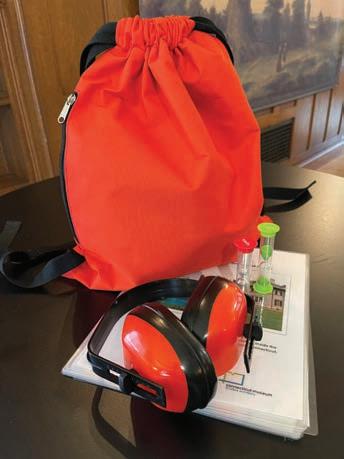
Sometimes a trip to a museum can be an overwhelming or stressful experience for people with sensory sensitivities. The Connecticut Museum has created a variety of resources for children with sensory sensitivity to help parents make their child’s museum experience more enjoyable.

Each year the Connecticut Museum’s Education Department hosts interns from UConn’s Neag School of Education. These 5th year students come from the IB/M Teacher Education Program, preparing them to be secondary social studies teachers.
This year, the Connecticut Museum is excited to welcome interns Brittney Brown and Dylan Johnson to the education team. “I wanted to intern at the Connecticut Museum because of the unique experiences that I will be able to reference to inform and improve my teaching practice,” Johnson said. “Museum education is an extremely beneficial way to enrich student engagement and learning, through unique spaces, artifacts, and museum sta expertise.”
During their internship, Brown and Johnson will learn about museum education first-hand as they teach K-12 programs at the Connecticut Museum. "I am truly appreciative of the opportunities the Connecticut Museum has granted me as a future social studies teacher,” Brown said. “I can tell how passionate the museum educators are for what they do, and this internship is a perfect combination of hands-on learning, academia, and public engagement.”
Visit connecticutmuseum.org to download, “Family Visit to the Connecticut Museum of Culture and History” for a social narrative that uses words and pictures to help families prepare for what to expect during their upcoming visit to the museum. When you arrive, Sensory Bags are available free of charge at the Museum. Each bag includes fidget tools, sunglasses (both adul and child sizes), noise-reducing headphones (adjustable to fit adult and children), a copy of the social story, and timers that help children set the pace during their visit. Sensory Bags are also available for classroom use during field trip to the Museum. Sensory Bags are available on loan at the welcome desk and should be returned at the end of your visit.
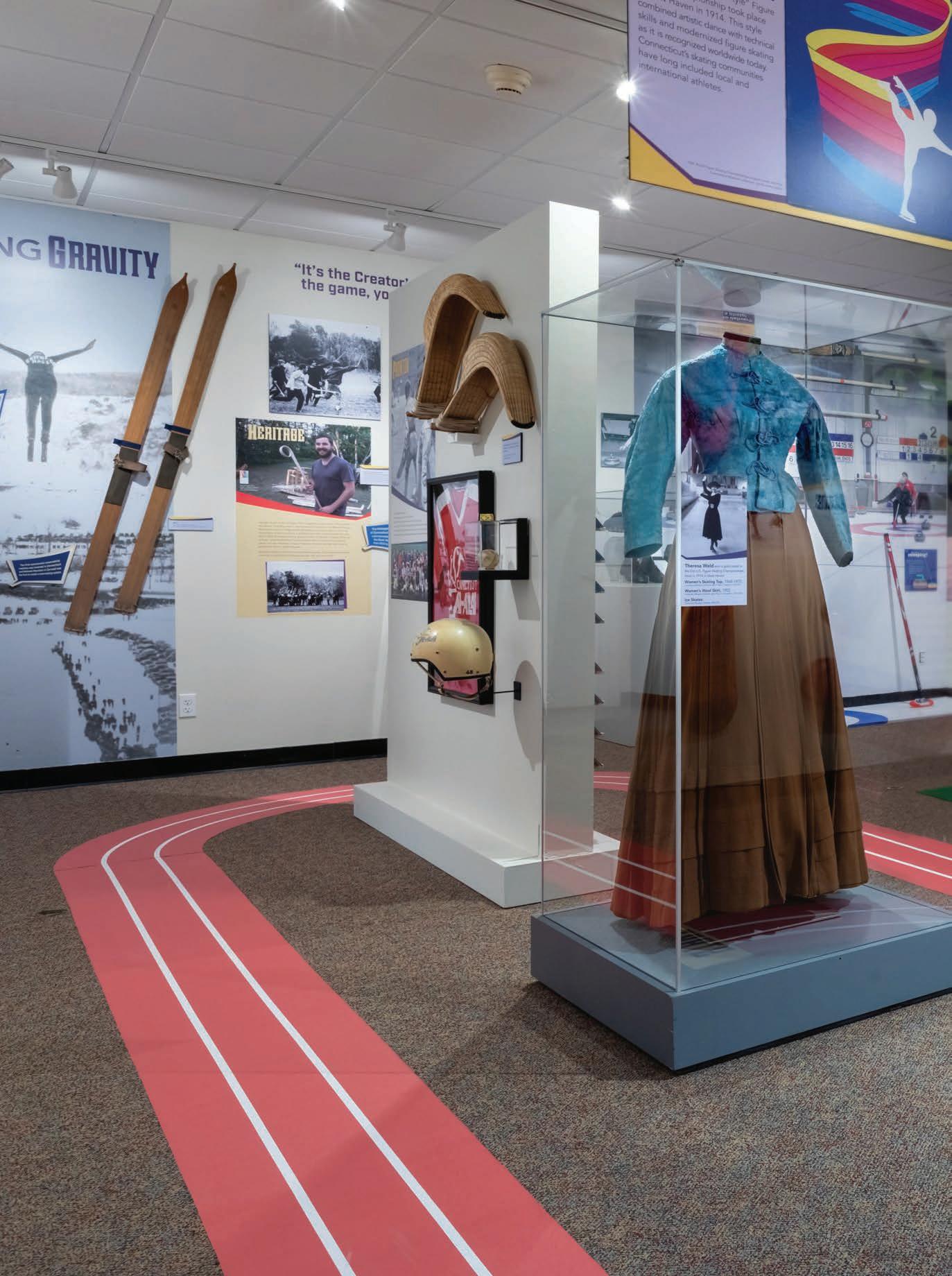





Connecticut is known for its major sports, its college basketball and minor league baseball and hockey, but it is also home to many community sports that have a crew of dedicated supporters that surround them. We’re Game! Sports and Community, aims to highlight these lesser-known sports and the warm and supportive communities that bring them together.
The Connecticut Museum exhibition team worked with 14 sports community partners, from archery to lawn bowling to cricket, rowing and skateboarding. The exhibition’s Lead Developer Karen Li Miller began planning the exhibition with a conversation with Lady Carrie Trimmier-Mccorey who coaches Double Dutch in Hartford. Connecticut was once home to Double Dutch champions, and Lady Carrie is reviving the sport among people of all ages. Lady Carrie is certain that she can teach even the novice jump rope enthusiast through her non-fettering confidence in others
As Li Miller progressed in her research, she found that each community partner echoed similar enthusiasm in every person’s ability to participate in sports. The skaters of the Hartford Area Roller Derby (H.A.R.D.) league invite newbies to join their spring “Boot Camp.” They are earnest in their belief that if you can stay upright, you can do the same on skates with eight small wheels. Even their website states, “Never skated before? That's okay! We will teach you.” They will loan new participants gear and skates for a while until they decide if this is the sport for them. If you bring the interest, they have the wheels and willingness to teach you.
In addition to issuing warm invitations to join, the athletes featured in the exhibition shared what sports mean to them and the impacts of sports in their daily lives. Indigenous lacrosse stick maker Maxwell Kelsey teaches us that sports can have powerful cultural and spiritual roles. “Indigenous lacrosse is the Creator’s game,” Kelsey said. “When you play the game, you walk in another world.”
Other community sports in We’re Game! connect people through time, places, and cultures. Longtime Connecticut Museum volunteer Ginger Stolzenberg said the Fernleigh Lawn Bowling Club, which recently celebrated its 100th anniversary, is a family and “we take care of each other.”

To be sure, the 26 sports featured in We’re Game! are highly competitive, and the dedicated athletes practice for hours each week. Beyond the drive and focus required, there is a strong sense of welcome and togetherness. And Connecticut has a storied history of community sports. From wicket–yes, wicket–to pedestrianism to roller polo, We’re Game! showcases the history of how community sports have bonded people through great rivalries and friendships on the field, in the wate, and on the track. Some wicket matches were followed by oyster bakes or picnics, and today, curling teams socialize after matches, with the winning team buying the first round of drinks
Recently, Li Miller talked with a Connecticut Museum visitor from Trumbull, and he marveled at the variety of sports in We’re Game! “When we talk about sports, we usually think only of the big four, but look at all these other sports!” he said. Then Li Miller pointed to the interactives in the exhibit, including areas to lawn bowling and pedestrianism. “Want to race?” she said. “You might find a new spor or two to try too.”
We’re Game! is on view through July 14, 2024, and made possible in part through the support of Connecticut Public, RMS Investments, Stanley Black & Decker, and the Hartford Yard Goats.
Support the preservation, interpretation and sharing of the state’s vibrant culture and history through becoming a Connecticut Museum Member today! When your organization joins the Connecticut Museum, you’ll receive greater access to our exhibitions, programs and events that happen every month. It’s a fun incentive for you and your employees to learn more about the great state around you.
NEW! CORPORATE MEMBERSHIP
Receive unlimited free admission for one-year to our exhibitions, plus access to programs, events and much more!
BRONZE - $1,000: Up to 150 employees receive free admission to the Connecticut Museum for sta�. Employees must show their ID or business card as proof. Additional accompanying guests receive 50% off general admission. Als, Corporate Members receive a discount on Traveling Exhibit Banner Rentals to display at your business.
SILVER - $ 2,500: 150-500 employees receive free admission to the Museum for sta�. Employees must show their ID or business card. Additional accompanying guests receive 50% off general admission Also, Corporate Members receive a discount on Traveling Exhibit Banner Rentals to display at your business.
GOLD - $5,000: 500+ employees receive free admission to the Museum for sta�. Staff must show ID or business card as proo. Additional accompanying guests receive 50% off general admission Also, Corporate Members receive a discount on Traveling Exhibit Banner Rentals to display at your business.
$75, annual benefits include
• Free admission for your staff and volunteer to the galleries and Waterman Research Center.
• Subscription to Revisit magazine.
• Monthly e-newsletter that provides advance notice of book talks, lectures, family programs, events, and exhibit openings.
• Discounts on traveling exhibits and traveling programs. Programs are presented by staff and are based on the collection. Visit ou website for more information.
• Recognition at our Welcome Desk for one week.
$125, annual benefits include
• Four complimentary museum passes that admit two adults and up to four children to the galleries, Waterman Research Center not included.
• Subscription to Revisit magazine.


• Monthly e-newsletter that provides advance notice of book talks, lectures, family programs and exhibit openings.
• Discounts on traveling exhibits, visit our website for more information.
• Discounts on traveling programs. Programs are presented by sta� and based on the museum’s collections.
• Recognition at our Welcome Desk for one week.
EDUCATIONAL / INSTITUTIONAL MEMBERSHIP
$1,000, annual benefits include
• Free admission to the galleries and the Waterman Research Center for all students and staff with vali student/staff IDs shown at the elcome Desk.
• Invitations to attend programs at member admission prices including behind-the-scenes tours, workshops, crafts, demonstrations, lectures, book talks, panel discussions, and concerts.
• Introductory overview and behind-the-scenes tour offere once per year for staff and faculty (must be pre-arranged to share what the Connecticut Museum has and show instructors how our resources could fit into their curriculum
• 10% discount in store and for programs for all students and staff with a valid student/staff IDs shown atelcome Desk.
Join today! connecticutmuseum.org/join-support/
For more information, please contact Member Relations Manager Christine Clement at cclement@connecticutmuseum.org, or 860-969-6089, ext. 4



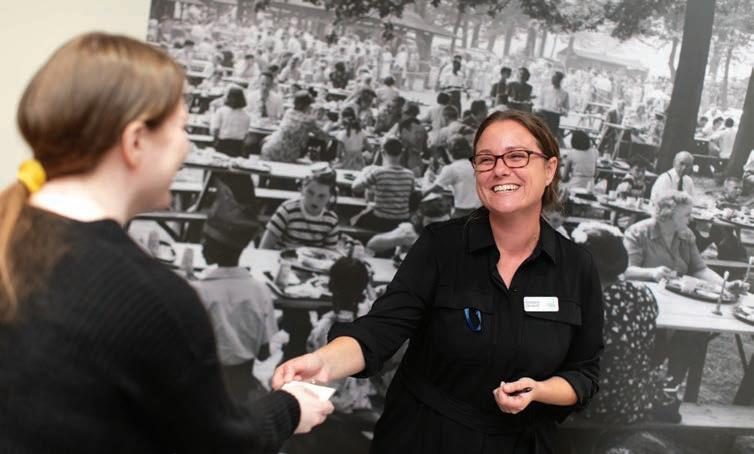
SUPPORT ALL THAT WE DO!
The Connecticut Museum of Culture and History has collected, preserved, and shared the history of the Constitution State for nearly 200 years. As a private nonprofit, 501(c)3 organization, we rel on the support of our many patrons, members, and supporters to make our work possible.
If you believe in the importance of preserving the past for the future, we encourage you to make a meaningful charitable contribution to the Connecticut Museum in support of the collections, education, cultural sustainability, exhibitions, and the Waterman Research Center. Your annual gift makes it possible for us to safeguard Connecticut’s treasures today and in the future.
Your annual gift supports our ongoing operations that makes our work possible. While charitable donations can be made by check or cash to our annual fund to ensure our vitality, you can also consider making a sustaining gift to our endowment to help build our future. Ask us more about creating an endowed fund to support a specific aspect of our wor to create a lasting impact on the Museum.
Thanks to many benevolent, forwardthinking individuals, the Connecticut Museum has been able to sustain, thrive, and grow. The Connecticut Museum’s strong foundation was built by people, like you, who remembered to include the institution in their estate plans. If you would like to include the Connecticut Museum in your estate plans, you can make an outright gift or assign the Connecticut Museum as the beneficiar of a retirement plan, life insurance policy, or charitable trust. We will recognize all estate gifts (if you wish) in the John Trumbull Society.
Most publicly traded securities may be donated to a public charity such as the Connecticut Museum. If the security has been held for more than one year when the donation is made, the donor can claim the fair market value as an itemized deduction on their federal income tax return. The amount deducted in a single year can be up to 30% of the donor’s adjusted gross income (AGI).
A DAF is a giving vehicle sponsored by a public charity. It allows donors to make an irrevocable charitable contribution to the public charity like the Connecticut Museum and be eligible to receive an immediate tax deduction.
If you are at least age 70½ and plan to donate to charity this year from your IRA, consider making a Qualifie Charitable Distribution (QCD) to the Connecticut Museum. This gift can meet your charitable goals and allows funds to be withdrawn from an IRA without any tax consequences. If you are over age 73, a QCD can also be used to satisfy your required minimum distribution (RMD)—up to $100,000 per individual.
For more information on charitable giving to the Connecticut Museum, please contact Jamie O’Brien, Chief Advancement O cer at jobrien@connecticutmuseum.org or (860) 969-6089 x 1.
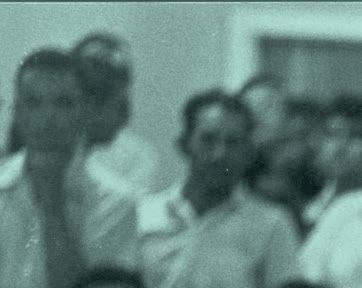
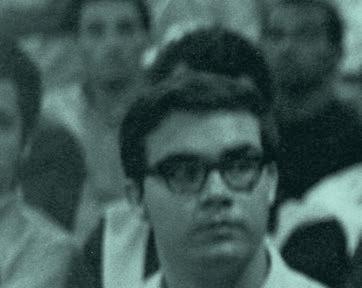
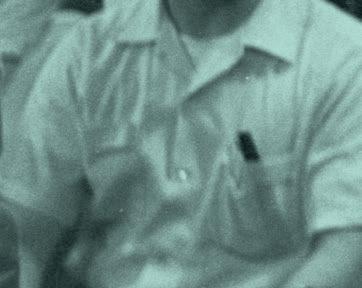
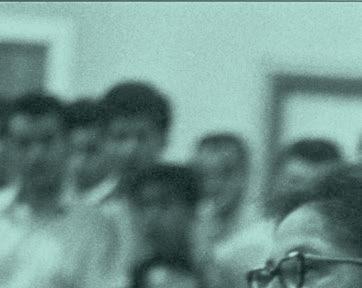

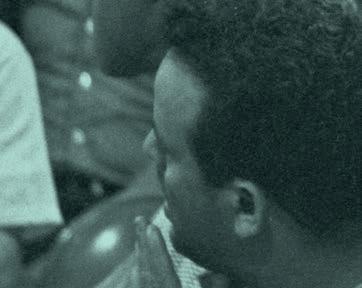

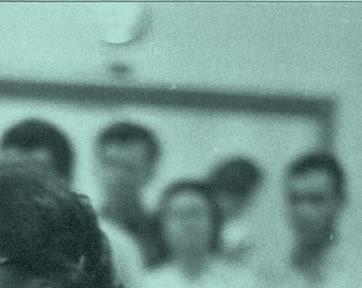
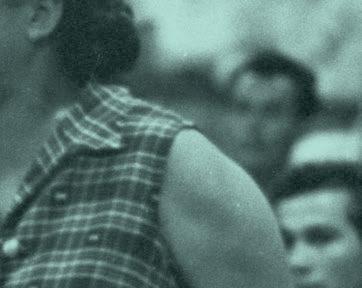




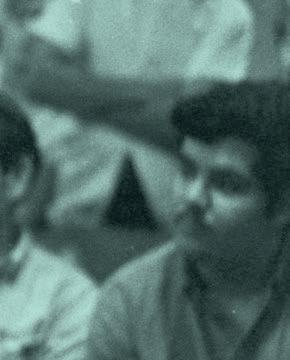
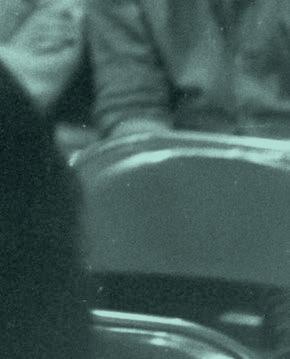
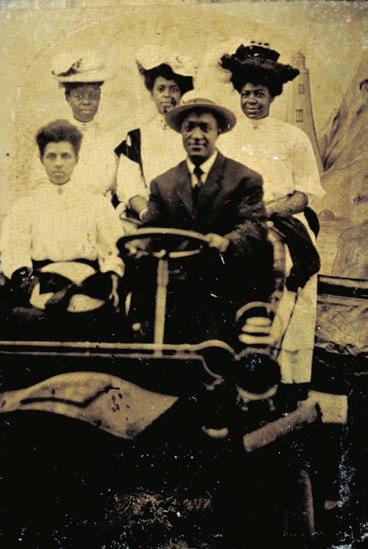
Throughout the 1970s, in the back room of her newsstand at 246 Albany Ave. in Hartford, María Colón Sánchez cooked dinner on a hot plate. Never mind her diabetes, or that she lived just a few blocks away on Williams Street, Sánchez cooked her favorites from her hometown of Comerío, Puerto Rico, and while she cooked, she planned. Today, Sánchez is remembered as the Godmother of Puerto Rican Hartford, a community organizer of astonishing force: co-founder of the Community Renewal Team, driving force behind the Puerto Rican Day Parade, and the orchestrator of bilingual education in Hartford. She did all of this before 1988, when she became the first atina elected to Connecticut's General Assembly.
Today, a Hartford elementary school is named after Ms. Sánchez, and her face appears on murals across the city. She has been inducted into the Connecticut Women's Hall of Fame. But she's conspicuously absent from one place: high school history textbooks.
"I like school, but I want to learn about people that look like me," said Dominick Burrel, a New London high schooler testifying before Connecticut's General Assembly in 2019. "But this isn't just my responsibility,” he continued, “it should be all of ours." Burrel was one of many supporting Connecticut Public Act No. 19-12, which soon became law. The bill mandated a Black and Latino course of studies to be offered at every public high school i
Connecticut starting in the 2022-2023 school year.
The State’s Department of Education assembled an extraordinary group of academic and educational experts. Writing in teams, they created a curriculum for the new course, "for all Connecticut students,” said Steve Armstrong, Social Studies Consultant to the Connecticut State Board of Education. “The class allows them to explore parts of American history that had not been previously taught.”
The Education Department at the Connecticut Museum of Culture and History followed closely as this new course developed. In 2023, the Connecticut Museum applied for, and was awarded, a grant from the Institute of Museum and Library Services to create supplementary educational materials from the Connecticut Museum’s collection.
“Our collection has been growing since the Museum's founding nearly 200 years ago,” said Jennifer Busa, education project specialist. “It's that material culture of history that sets the Museum apart from a textbook.” Through primary texts and artifacts, the Connecticut Museum offers very human grasp of history and the people who make it, precisely the sort of tools that can turn an ordinary history class into an extraordinary one.
In the fall of 2022, the Connecticut Museum assembled a Teacher Advisory Board of nine high school history educators
Carrington family members in an automobile, about 1895. Photograph. 1981.136.47, Connecticut Museum of Culture and History collection.from across the state. During a series of brainstorming sessions, they talked through their experiences teaching Black and Latino history. The teachers reflecte on the new state curriculum and drew up a wish list of educational materials. John Garrish, Social Studies Teacher at South Windsor High School and member of the Teacher Advisory Board, wanted to fix particular shortage: "Ready-made materials are not available from most history-oriented websites. If they are, they also often do not have Black or Brown voices at the center."
With the Connecticut Museum's massive collection, detailed guidance from teachers, and a solid foundation in the state's curriculum, educators at the Connecticut Museum got to work. “Writing a lesson plan is an art," said Nina Vazquez, one of two Curriculum Specialists on this project. "Before we can even start, it takes a lot of looking at our archives from a differen perspective." Each new lesson started with a crash course in specifics: the history o the AME Zion church, or the consequences of Operation Bootstrap in Puerto Rico. As Project Specialist, Busa reviewed a sea of texts and artifacts relevant to the specifi topic, and Vazquez and fellow Curriculum Specialist Peter Moran looked for connections. "We were looking for materials that connect students with history,” Moran said, “Stories that make you sit up and take notice.”
This process was repeated over ten lessons, ranging from colonial Connecticut's Black Codes to the Puerto Rican Parade and María Sánchez. To provide teachers with everything they needed to lead a lesson, Moran and Vazquez created Digital Resource Packs: lesson plans that included videos, slideshows, excerpted primary texts, and handouts. Teacher advisors reviewed each lesson to maximize its potential. "The most challenging aspect," Vazquez said, "lies in formulating the lesson activities
and harmonizing the recommendations provided by the Teacher Advisory Board."
High school history classes can represent a make-or-break moment. A dull class might turn someone off history for good while an interesting experience can better engage a person with their past, present, and future. As Garrish puts it, a good lesson “allows students to give their own meaning to the content and draw conclusions and form opinions.”
Hill, a local historic Black neighborhood. “We've all heard about people with money, with streets named after them. But what about everyday people? Not the people in the mansions, but the laborers and the teachers, the people going about their lives doing the best they can." On a summer morning in 2023, Guillet sat in front of a camera, telling a history that was never lost, but too often neglected. Now, her narrative of Norwich's historic Black neighborhood is available to teachers and students learning about local antebellum Black communities.
In the 2023-2024 school year, pilot teachers across Connecticut are using these free educational materials. “The sources are presented with rich context,” Garrish said. “You can paint a clear picture of their origins for students, which humanizes the historical figures in a wa that brings them to life." And Garrish sees the input of community experts and teacher advisors on every page: "the Museum staff was thoughtful in making moder connections and extensions that challenge students to not learn past information, but also apply it in their thinking today."
Today's teenagers live in a video-drenched world where TikTok, Snapchat, and Instagram are pervasive. New polls show that most American children dream of becoming a YouTube star. In this media landscape, the Connecticut Museum found a new opportunity to cultivate understanding by creating their own videos.
This short video series featured artists, musicians, academics, community organizers, local experts, retired politicians, and more. At different historical sites or i the Connecticut Museum itself, people from across Connecticut shared their histories, ones left out of so many textbooks.
"These stories matter,” said Janine Guillet, a board member of the Norwich Historical Society. She sat for an interview on Jail
These new educational materials and their histories will empower students across Connecticut for years to come. For too long these histories have been passed over in schools, encountered only in adulthood, if ever. In Norwich, Guillet describes the feeling among adults who often fin themselves asking, "Why didn't we know any of this? Why didn't we learn this? The stories we get are so superficial that the don't feel real... Then you hear the real stories, real people grappling in real ways, and I recognize that struggle in myself. It's just great to know that past."
This project was made possible in part by the Institute of Museum and Library Services MA-251647-OMS-22.

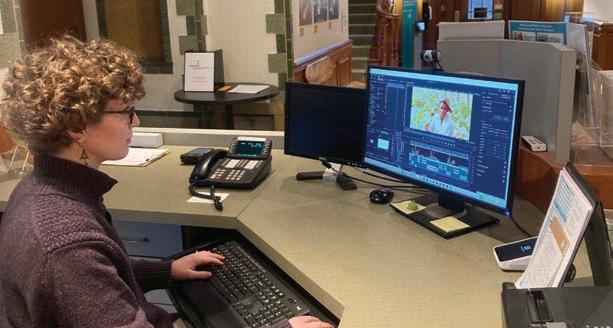

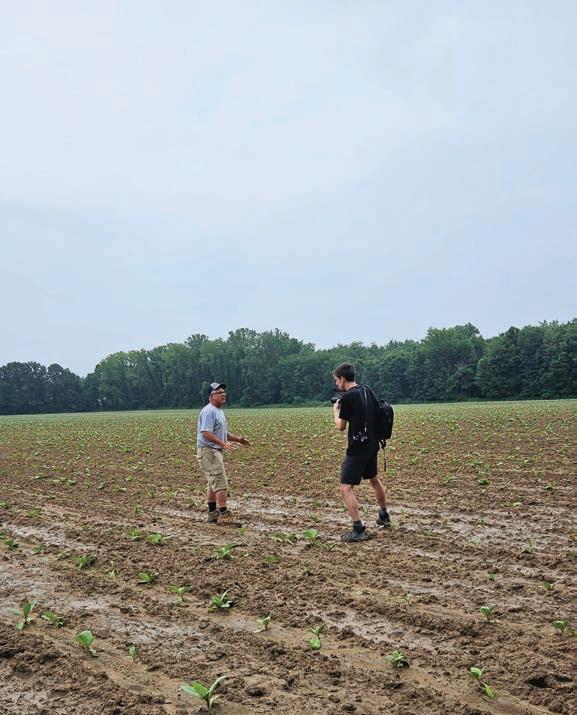







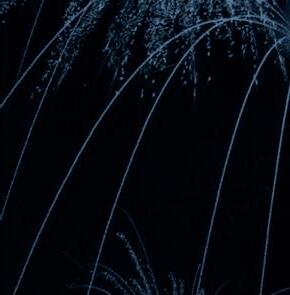










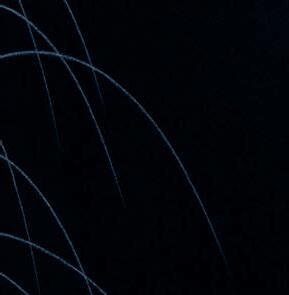

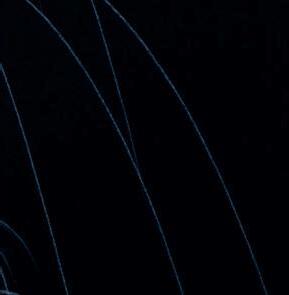
Perspective by Ilene Frank, Deputy Executive
Director/ChiefStrategy O cer



Watching reruns of the technicolor 1950s Walt Disney anthology film series, Johnny Tremaine, in fourth grade is one of my earliest, vivid memories of when the American Revolution came alive for me. My teacher “taught” us history by showing this film. Over a series of days, the lights would go o in our classroom, the projector would be rolled into the middle of the room, and Johnny Tremaine would appear on the screen before a room full of youthful adoring eyes. I was transfixed by those moments in class. An exciting story of a young man who meets American heroes like Paul Revere and gets wrapped up in the revolutionary political fervor of the 1770s. I was enthralled by the historical dramas, the portrayals of youth involved in political action, and of course any scene filmed in piercing candlelight.



Fast forward to today, as I begin to think about America’s 250th anniversary in 2026, I revisit my youth by watching a few clips of the film on YouTube. Would my fond recollections of my childhood hold up to a 21st century critical analysis of the film? Indeed, my childhood self was proven wrong. As Robert A. Olwell, associate professor of history at University of Texas wrote, “…one cannot escape the impression of watching 1950s Americans playing at being 18th-century revolutionaries, and not even bothering to wash the Bryl Creem out of their hair.”
Despite the campy, historical revelry that the film o ers, one of the most dramatic scenes of the film is the Boston Tea Party that turned 250 years old this past December. Each month since, America

inches closer to the 250th anniversary of the signing of the Declaration of Independence which will take place on July 4, 2026. Museums, historic sites, historians, lineage societies, cultural and religious organizations, and municipalities are gearing up to commemorate our nation’s founding. As the Connecticut Museum and others prepare, it is important for us to keep in mind that the nation’s semiquincentennial should not be solely a bunch of 2024 Americans playing at being 18th century revolutionaries.
The Connecticut Museum is honored that our Executive Director and CEO Robert Kret is serving on the Connecticut 250 Commission, and Chaired by former Secretary of State Denise Merrill, who is also a Connecticut Museum Board member. The Commission is working to help identify ways that history and cultural museums and organizations can contribute to our nation’s 250th anniversary, and through that work inspire greater civic participation and engagement. Several states around the country are providing financial support for the commemoration e orts and we are hopeful that the state of Connecticut will as well.
Early in the planning of the Commission, Merrill commented that it is important that we celebrate the ideals of the American Revolution in addition to commemorating the battles and military history. Ideals such as freedom, liberty, equality, natural and civil rights, and what responsible citizenship means today. These ideals have continually morphed over the centuries: celebrated and uplifted, sometimes
threatened, but often challenged. Our personal histories and identities mean that each of us view the events of the 1770s and 1780s in vastly diverse ways. We can look at the same moments in history and feel di erently about the impact of the outcomes. For instance, Benedict Arnold’s burning of New London, Rochambeau’s meeting Washington in Hartford, or Deborah Champion’s crossing enemy lines with her enslaved man Aristarchus to deliver messages to the patriots in Boston, each historical event has had an impact
Opposite Page: July Fourth
,
to increase the public’s access to these important works. A vibrant slate of programs for people of all ages is being planned and developed. Our America 250 work will relate to themes the Connecticut Commission has developed for our state’s commemoration: (1) Tell Inclusive Stories, (2) Power of Place, (3) Doing History, and (4) For the Common Good. These themes align with the work we do every day.
As the nation plans celebrations that will likely feature tall ships, fife and drum
“It is important that we celebrate the
ideals of
the American Revolution in addition to commemorating the battles and military history. Ideals such as freedom, liberty, equality, natural and civil rights, and what responsible citizenship means today.”
– DENISE MERRILL
on how we live in the United States of America today.
At the Connecticut Museum, we are initiating several projects that will commemorate the events of 1776 and reflect on the Revolution’s legacy. We are planning exhibitions for 2026 that will display the Connecticut Museum’s outstanding Revolutionary War artifacts next to objects from other centuries that also embody or dispute the Revolutionary ideals that formed our nation. Thanks to funding from the Federal government, we are currently digitizing thousands of manuscripts from the late 18th century,
parades, and fireworks, it is our hope that we will also take the time to better understand the whole history around the American Revolution. An anniversary like the 250th does not come around very often. Let us use the power of this place, Connecticut, to promote an inclusive history of the American Revolution, that motivates us to build a society for the common good.
Learn more about CT 250, visit https://ct250.org/learn-more/ america-250-ct-themes/
Rebel With a Cause: Johnny Tremain (1957), Robert Olwell, https://notevenpast.org/ johnny-tremain-rebel-cause/ accessed January 11, 2024
The Declaration of Independence, July 4th 1776, Printed by E.B. & E.C. Kellogg (American, 1840 -1867), Lithography; printer's ink and watercolor on wove paper, 1845, Connecticut Museum Collection, 1995.43.2 Fireworks, Watertown Photograph by Peter Lucas (1921-1959), American, mid 20th century, Gift of Diana Lucas, Connecticut Museum Collection, 2010.160.73The Connecticut Museum welcomes our members, visitors, and supporters to attend exhibitions, events, and programs all year long. In the fall, the Museum hosted the open receptions for two new major exhibitions: Connecticut’s Bookshelf and We’re Game! Our communities are at the heart of our work, we appreciate your participation and celebrate your story as a part of Connecticut’ s history.

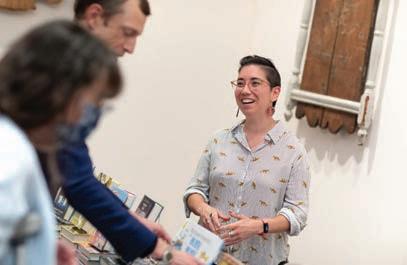
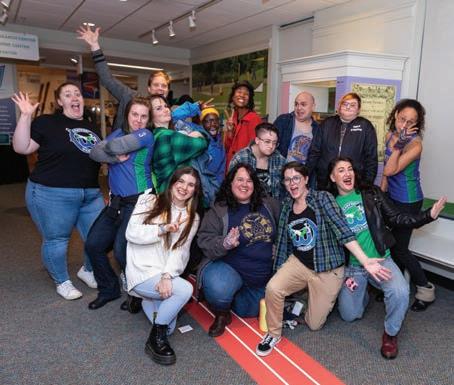

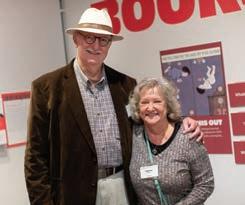
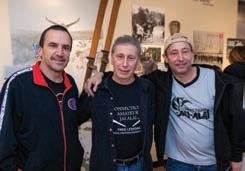






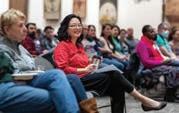
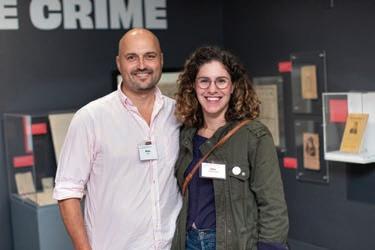
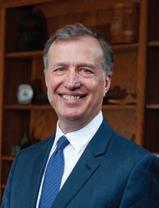
It has been said that people go to museums and use libraries. I want to encourage you to use the Connecticut Museum to experience all that it has to offer each month
Start with visiting connecticutmuseum.org, where you can preview exhibitions, finda public program that piques your interest, or make an appointment to spend time in the Waterman Research Center to research your family’s genealogy or access our renowned collection of nearly 4 million objects.
You can virtually walk-thru 3DHD versions of current and past exhibitions, zooming in for a closer look at the artifacts in the show and read the labels from the exhibition from the comfort of your home. Nothing replaces seeing the exhibition and authentic objects in person, but by taking an advanced peek online, you will get an exciting primer of the exhibitions. Come in and experience Connecticut’s Bookshelf exhibition where you can learn more about 300 years of print culture in the Constitution State. And, by visiting We’re Game! Sports and Community, you will learn about some of the lesser-known sports that have impassioned fans and participants who bring our communities together.
The Education staffconsistently creates innovative and dynamic programs for adults and children to deepen their understanding of the state around them. These programs span scholarly lectures and workshops to family interactive projects—and just plain fun It’s an opportunity to learn more about Connecticut’s many vibrant cultures and deepen your historical knowledge through lively conversations, behind-the-scenes tours, and hands-on activities.
The Connecticut Museum has extended its hours and is now open at 10 am to 5 pm Monday –Saturday, Sundays noon – 5 pm and open late Thursday evenings until 8 pm. Admission is free on the firstweekend of every month thanks to the generous support of Berkshire Bank. Visit on a Free First Weekend on Saturdays between 10 am – 5pm and on Sunday afternoons from noon – 5 pm for exciting programs that are free and open to all.
Consider visiting the Connecticut Museum during the week with a mid-morning visit with friends and family and then go to lunch and share your experience with one another. Or come after work on Thursday evening and attend a lecture or program—there’s so much to do and see!
With any luck this season, you will learn something that you didn’t know before about our culture and history and possibly about yourself.

BOARD OF TRUSTEES
OFFICERS
MICHAEL A. CANTOR
Chair
SYLVIA BUSH KELLY
President
FIONA VERNAL
First Vice President
HENRY M. ZACHS
Second Vice President
BICHOP J. NAWROT
Investment Committee Chair and Vice President
DAVID M. KLEIN
Treasurer
PORTIA CORBETT
Secretary
MEMBERS
ALAN ALEIA
HARRY ARORA
ROBERT BAZYK
SARA CHAMPION
TAMMY EXUM
GEORGE JEPSEN
BARBARA KIEFER
DIXON MALLORY
JAY MALCYNSKY
DAVID MCCARY
ANDREW MCDONALD
DENISE MERRILL
JOANN H. PRICE
JASON ROJAS
CAROLINE SIMMONS
MANISHA SINHA
CORBIN WALBURGER
JAMES C. WILLIAMS
HONORARY TRUSTEES
DAVID DANGREMOND
MARY JEANNE JONES
LAWRENCE MOWELL
JUDITH WAWRO
One Elizabeth Street Hartford, CT 06105
860.236.5621
Museum Hours:
Tuesday - Saturday: 10 am - 5 pm, open late on Thursdays until 8 pm Sunday: noon - 5 pm connecticutmuseum.org facebook.com/thectmuseum twitter.com/thectmuseum instagram.com/thectmuseum
CALL FOR COLLECTIONS – 1960 s & 1970 s
The Connecticut Museum is planning an exhibition on the Vietnam War Era that is expected to open in the fall of 2025 to commemorate the 50th anniversary of the Fall of Saigon and the impact the Vietnam War had on our country. The exhibition will highlight activities that took place on the home front, what it meant to come home, or even finding a new home after the conflict ende
Although the Connecticut Museum’s collection is made up of close to 4 million items, it is not particularly strong in material from the 1960s and 1970s. Objects help the Connecticut Museum share personal stories from the past that bring history to life. We want to hear from you if you have stories connected to material objects that can help us do this work.
Examples of materials the Connecticut Museum is interested in learning about include diaries, letters, photographs, posters, or clothing items. If you or a family member served overseas, we are interested in items that were brought back home. If you or your family lived in Southeast Asia and relocated to Connecticut, we would also be interested in items you felt it was important to bring with you.
Having a more robust list of objects will help the Connecticut Museum develop possible themes and story lines for this future exhibition. And, perhaps, seeing your own objects through the lens of the Museum will inspire you to think about donating the object to our collection, either now or in the future.
For more information on how to share your history or donate an object, please contact Registrar Molly Woods at mwoods@connecticutmuseum.org or visit our website www. connecticutmuseum.org/collections/objectdonation/.
Thank you for considering the Connecticut Museum for preserving your family’s history.
IMAGES: Pinback, March on Washington, April 17, 1965, gift of Mardon Walker, Connecticut Museum Collection, 2020.61.67 / Pinback, Bring Peace to Vietnam, gift of Mardon Walker, Connecticut Museum Collection, 2020.61.11 / Pinback, March for Peace, Nov. 27, 1965, gift of Mardon Walker, Connecticut Museum Collection, 2020.61.8 / Man's Military Uniform worn by Stephen J. Stamm, 1968-9, gift of Diane Stamm, Connecticut Museum Collection, 2011.357.1a-b
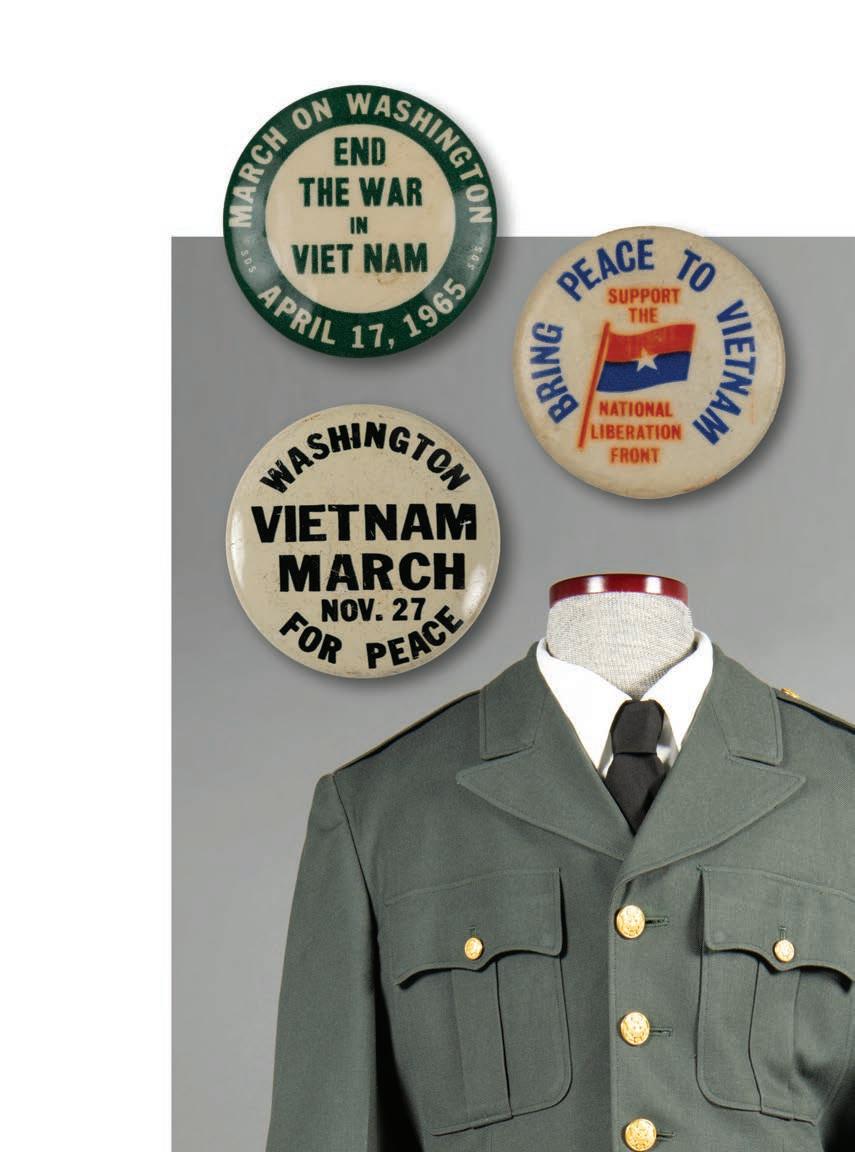 COVER: Photograph of Ancestral Call: Abuela Criolla painted by Imna Arroyo, taken in 1997 on exhibition in Herencia Taina: Legacy and Life. Connecticut Cultural Heritage Arts Program Collection, 2015.196.631.16.
Contributors: Jennifer Busa / Rebecca Gavin / Katie Heidseik / Robert Kret / Karen Li Miller / Katerina Mazzacane / Peter Moran / Jamie O'Brien / Andrea Rapacz / Corinne Swanson / Andy West
COVER: Photograph of Ancestral Call: Abuela Criolla painted by Imna Arroyo, taken in 1997 on exhibition in Herencia Taina: Legacy and Life. Connecticut Cultural Heritage Arts Program Collection, 2015.196.631.16.
Contributors: Jennifer Busa / Rebecca Gavin / Katie Heidseik / Robert Kret / Karen Li Miller / Katerina Mazzacane / Peter Moran / Jamie O'Brien / Andrea Rapacz / Corinne Swanson / Andy West